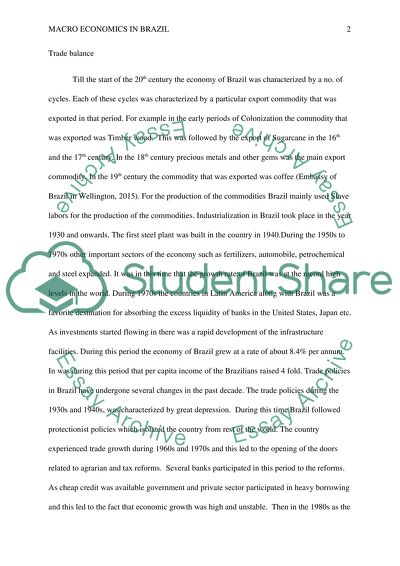Cite this document
(“Trade balance, Exchange rate policy, Growth rate of economy in Brazil Essay”, n.d.)
Trade balance, Exchange rate policy, Growth rate of economy in Brazil Essay. Retrieved from https://studentshare.org/macro-microeconomics/1696896-trade-balance-exchange-rate-policy-growth-rate-of-economy-in-brazil
Trade balance, Exchange rate policy, Growth rate of economy in Brazil Essay. Retrieved from https://studentshare.org/macro-microeconomics/1696896-trade-balance-exchange-rate-policy-growth-rate-of-economy-in-brazil
(Trade Balance, Exchange Rate Policy, Growth Rate of Economy in Brazil Essay)
Trade Balance, Exchange Rate Policy, Growth Rate of Economy in Brazil Essay. https://studentshare.org/macro-microeconomics/1696896-trade-balance-exchange-rate-policy-growth-rate-of-economy-in-brazil.
Trade Balance, Exchange Rate Policy, Growth Rate of Economy in Brazil Essay. https://studentshare.org/macro-microeconomics/1696896-trade-balance-exchange-rate-policy-growth-rate-of-economy-in-brazil.
“Trade Balance, Exchange Rate Policy, Growth Rate of Economy in Brazil Essay”, n.d. https://studentshare.org/macro-microeconomics/1696896-trade-balance-exchange-rate-policy-growth-rate-of-economy-in-brazil.


